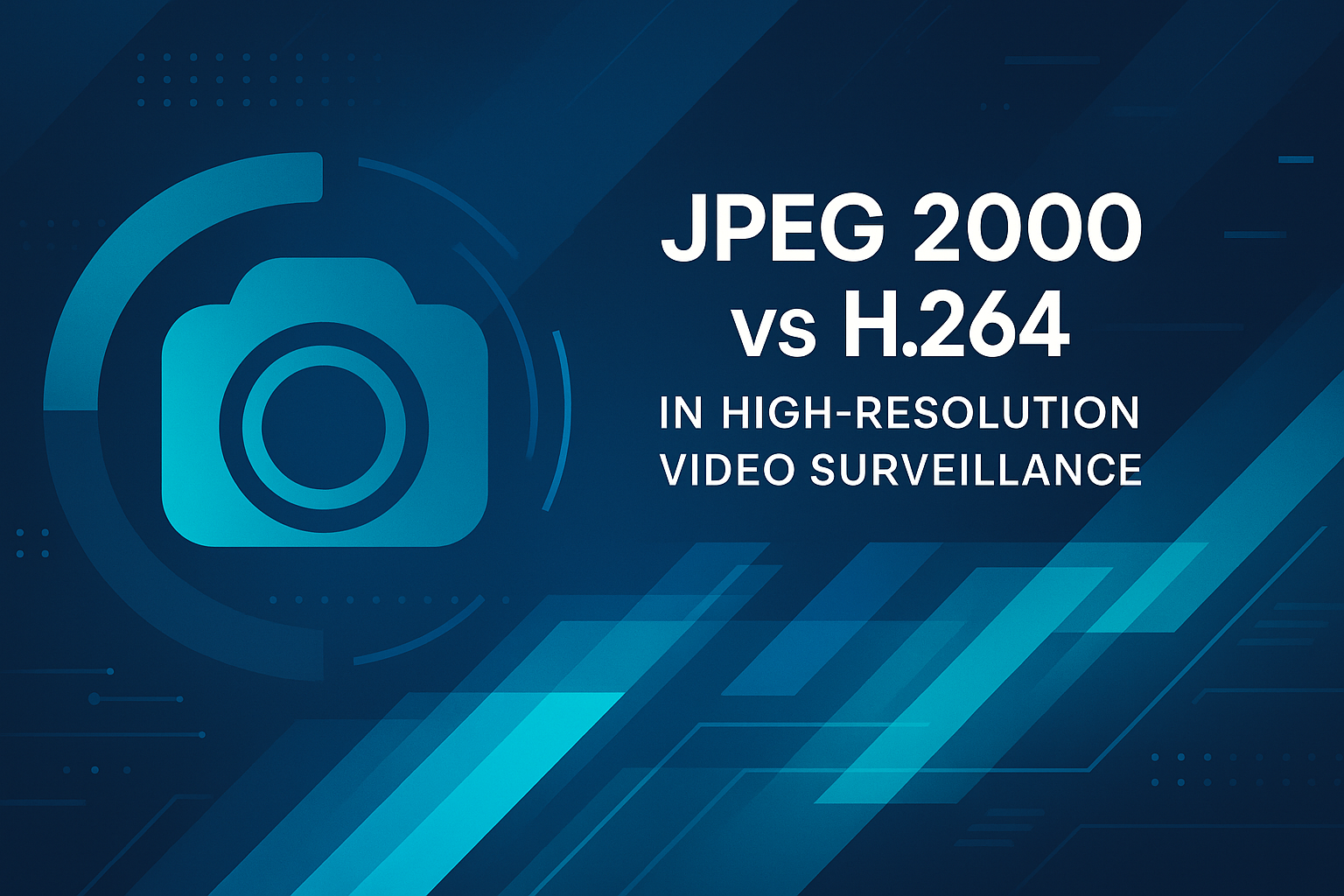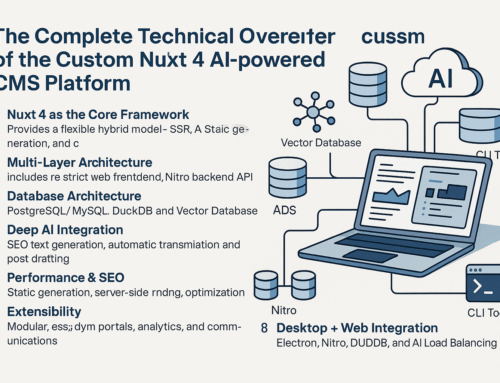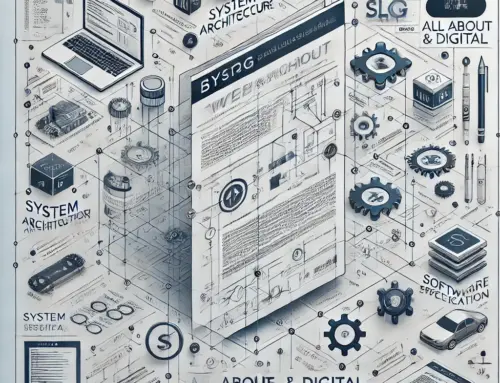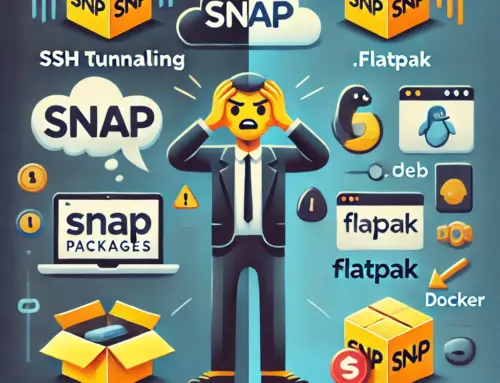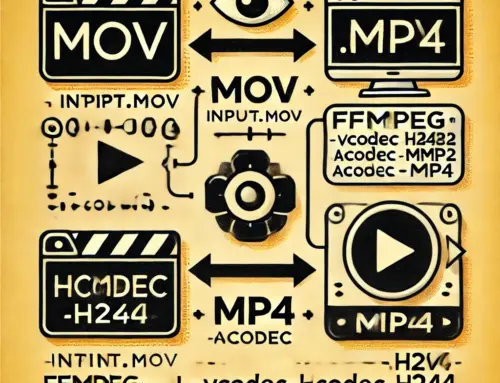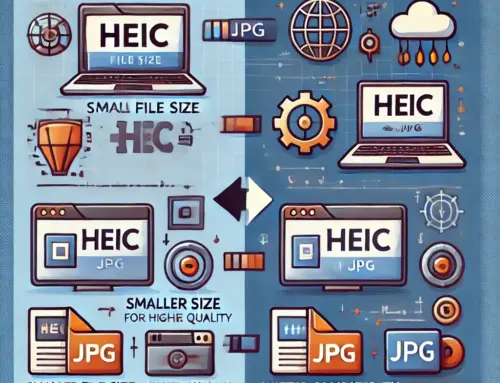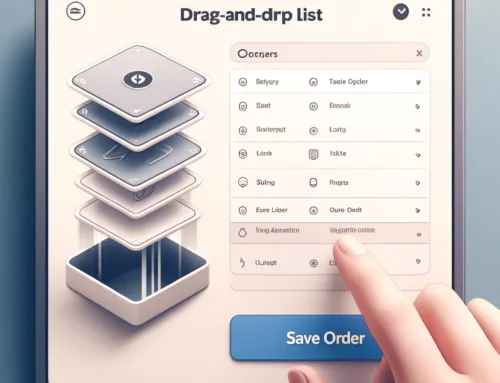JPEG 2000 vs H.264 in High-Resolution Video Surveillance
Impact of Modern Lenses and Fisheye Optics
Introduction
The video-surveillance landscape has evolved from low-resolution analogue feeds to multi-megapixel IP streams designed for forensic search, AI analytics, and immersive 360-degree monitoring. Two compression families dominate today’s professional cameras – JPEG 2000 and H.264 / AVC (including High Profile and H.264 FRExt).
Alongside these codecs, fisheye lenses and multi-sensor panoramic optics have emerged as cost-effective ways to capture ultra-wide scenes without mechanical PTZ motors. Understanding how each codec behaves when fed with fisheye imagery – and what that means for storage, bandwidth, and image quality – helps integrators make informed design choices.
1. Compression Technologies at a Glance
| Feature | JPEG 2000 (Wavelet) | H.264 / AVC (Block-based) |
|---|---|---|
| Core algorithm | Wavelet transform with scalable layers | Macro-block DCT plus motion prediction |
| Bit-rate efficiency | ≈ 10-12 Mbps (D1) – 50 Mbps (4K) | ≈ 2 Mbps (D1) – 8-12 Mbps (4K) |
| Latency | < 1 frame (intra-only) | 1-3 frames (GOP structure) |
| Error resilience | Graceful degradation – no mosaic artefacts | Block artefacts on packet loss |
| Scalability | Spatial, temporal, quality layers in one stream | Usually single layer – SVC rare |
| Licensing | Royalty-free standard | Patent licensing usually required |
Key takeaway: JPEG 2000 trades bit-rate efficiency for visually lossless quality, ultra-low latency, and built-in scalability. H.264 remains the king of bandwidth and storage savings.
2. Why Fisheye and Panoramic Optics Matter
Fisheye sensors record circular or hemispherical frames up to 12 MP. After de-warping, the effective pixel count applied to a single 16:9 view can exceed 4K. This stresses a codec in two ways:
- High spatial frequency – edge density is greater near the perimeter where straight lines curve, demanding more bits to preserve clarity.
- Dynamic ROI streaming – VMS platforms often extract multiple virtual PTZ windows from the fisheye, each needing a tailored stream.
JPEG 2000’s intrinsic scalability lets a single mezzanine stream feed several simultaneous high-quality de-warped views – mobile low-res, NVR medium, and video wall full-res. H.264 can achieve similar results but usually requires the camera to encode multiple parallel streams, consuming extra DSP cycles and bandwidth.
3. Detailed Codec Analysis
3.1 JPEG 2000 Strengths
- Intra-frame only – every frame is self-contained so packet loss does not corrupt future images.
- Visually lossless at high bit-rates – superior PSNR and SSIM above 1080p, especially on fine textures.
- Forensic zoom – wavelet layering allows archives to be up-scaled without re-encoding.
Weaknesses
- Bit-rate up to 7× higher than H.264 for similar perceptual quality below 1080p.
- Fewer hardware SoCs natively support JPEG 2000, increasing camera cost.
3.2 H.264 (Baseline to High Profile)
- Motion compensation yields 50-80 % savings compared to intra-only streams.
- Hardware acceleration is available on virtually all devices.
- FRExt / High Profile offers 4:4:4 chroma, 10-bit depth, and improved fidelity.
Caveats
- GOP corruption – packet loss can propagate artefacts until the next I-frame.
- Limited native scalability – multi-stream output increases CPU load.
4. Practical Design Scenarios
Scenario A – Casino Tables (12 MP Fisheye)
Requirement: zero-blur zoom on chips at 30 fps.
Recommendation: JPEG 2000 at 100 Mbps over fibre; de-warp in VMS.
Scenario B – Smart-City Intersection (4K Bullet)
Requirement: bandwidth ceiling 10 Mbps, AI vehicle detection, 60-day retention.
Recommendation: H.264 High Profile at 8 Mbps CBR.
Scenario C – Retail Aisle Fisheye plus Mobile Alerts
Requirement: single ceiling cam providing 360° overview plus 720p mobile streams.
Recommendation: JPEG 2000 primary feed with VMS transcoding adaptive HLS for mobile.
5. Bandwidth and Storage Planning
| Resolution | JPEG 2000 Typical | H.264 High Profile |
|---|---|---|
| D1 (720×480) | 10-12 Mbps | 2 Mbps |
| 1080p | 25 Mbps | 4 Mbps |
| 4K / 8 MP | 50-60 Mbps | 8-12 Mbps |
| 12 MP Fisheye | 80-100 Mbps | 15-18 Mbps |
Tip – use conditional recording (VMD or AI triggers) with JPEG 2000 to mitigate storage costs.
6. Future-Proofing: H.265 / HEVC and JPEG XS
- H.265 halves bit-rate compared to H.264 but increases licensing complexity and CPU load.
- JPEG XS offers wavelet scalability with 5:1 visually lossless compression at sub-frame latency, poised to replace JPEG 2000 in broadcast and machine-vision.
Conclusion
For ultra-high-resolution or fisheye sensors where pristine quality, low latency, and flexible scaling outweigh bandwidth costs, JPEG 2000 (and emerging JPEG XS) remain unrivalled. When network and storage efficiency take priority – especially below 4K – H.264 High Profile or its HEVC successor deliver unmatched economy.
Integrators should match codec choice to application parameters – resolution, retention period, link budget, regulatory compliance, and future analytic workflows – ensuring a surveillance ecosystem that meets today’s needs and tomorrow’s innovations.
